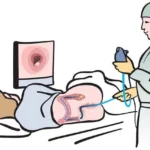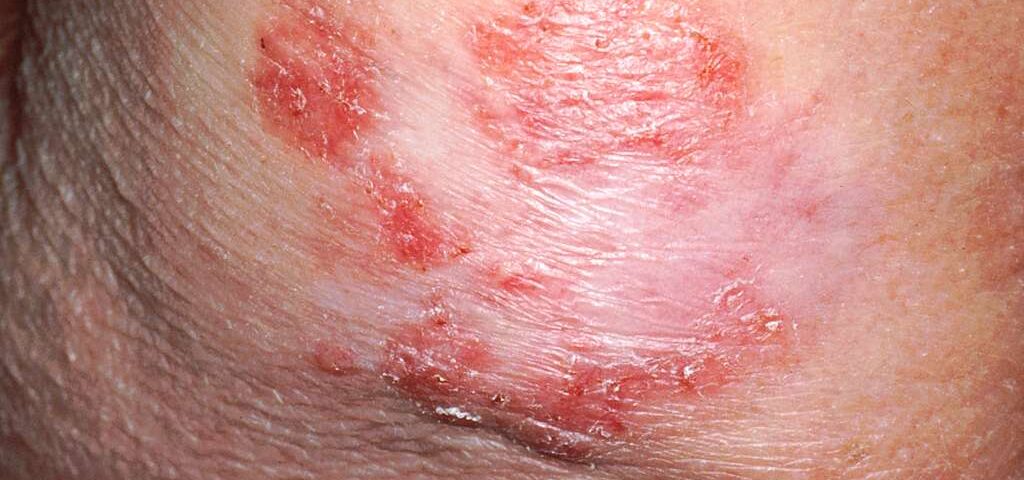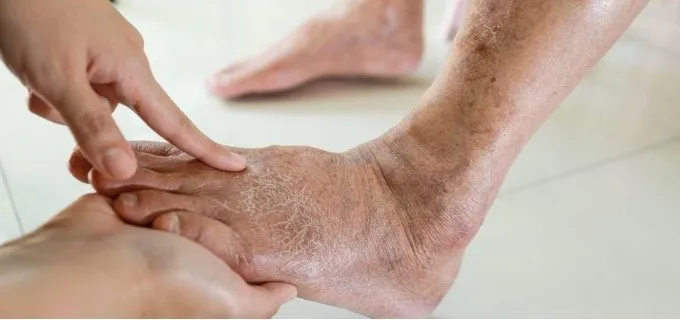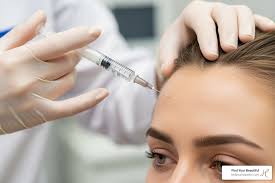
The Role of Nutrition in Supporting Women’s Health
October 2, 2025
Preparing for Your Colonoscopy
October 2, 2025Your skin constantly changes, but some changes need immediate attention. Early detection of skin cancer can significantly improve treatment outcomes and overall health. Regular skin cancer screenings and self-examinations are key to catching issues early. Learning the warning signs helps you take control of your health and seek professional evaluation when needed.
Changes in Existing Moles
Monitor your moles for any changes in appearance, size, or texture. If a mole becomes larger, changes color, or develops an irregular border, it’s best to have it assessed by a professional. These kinds of changes are signals to look for during your regular skin cancer screenings. Also, moles that seem different to the touch or become raised after being flat should not be ignored.
Pay special attention to asymmetrical moles. To check for symmetry, draw an imaginary line through the center of the mole. If the two halves don’t match, it could be a warning sign. Asymmetry is a key characteristic of atypical moles that may require medical evaluation.
Typical moles usually have smooth, even borders, but moles with uneven, jagged, or notched edges can be cause for concern. If you notice an irregular mole, it’s important to monitor it closely. When in doubt, consult a dermatologist to cofnirm your skin health is in check. If you notice any of these irregularities, make an appointment with your healthcare provider to confirm proper diagnosis and care.
New Growths on Your Skin
Pay attention to any new spots, bumps, or growths that appear on your skin. These may appear as small, pearly bumps, flat patches, or raised areas with unusual shapes. They often occur in sun-exposed areas such as your face, neck, arms, and hands. You might also notice if they bleed easily, don’t heal as expected, or appear shiny or waxy. To help you track these changes, take photos and note the dates to share with your healthcare provider.
Changes in Skin Texture and Color
Rough, scaly patches that seem like sandpaper could be an early sign of skin cancer. These areas, known as actinic keratoses, often show up on skin that’s been damaged by the sun. If they’re not treated, they can turn into cancer, so it’s a good idea to get them checked. You might notice them more by touch than by sight.
Pay close attention to any new areas of unusual skin color. This includes dark lines under your fingernails, new freckles in areas that rarely receive sun, or skin patches that become noticeably lighter or darker than the surrounding skin. These changes can be key indicators, and getting them evaluated promptly can make a big difference.
Schedule Skin Cancer Screenings
Schedule professional skin cancer screenings annually, particularly if you have risk factors like fair skin or a family history of skin cancer. Do not wait for your annual check-up if you notice any concerning changes; contact your healthcare provider right away. Early detection significantly boosts treatment success and prevents cancer from spreading. Between professional screenings, make sure to examine your skin monthly in good lighting using mirrors. Take photos of any spots that worry you, and bring these images to your appointments for discussion.





